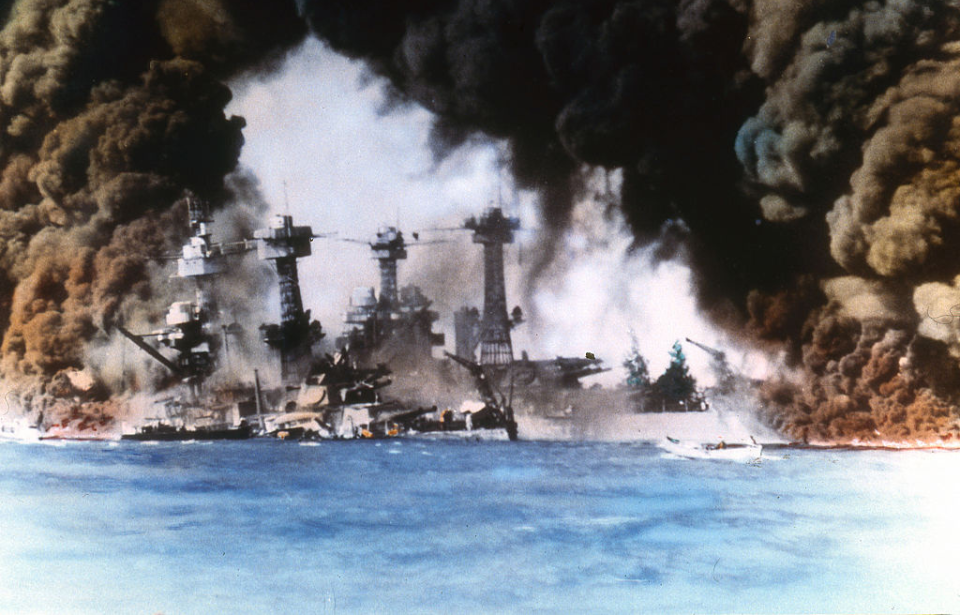A lot of people believe they know what really happened during the attack on Pearl Harbor, but some of those beliefs aren’t backed up by facts. The confusion, fear, and shock that followed the events of December 7, 1941, made it easy for rumors and false stories to spread. As time passed, many of these myths were repeated so often that they started to sound like the truth.
That’s why it’s important to take a closer look—especially at such a major event in American history.
Here are four common myths about Pearl Harbor—and the actual facts that help clear things up.
Pearl Harbor was the only target
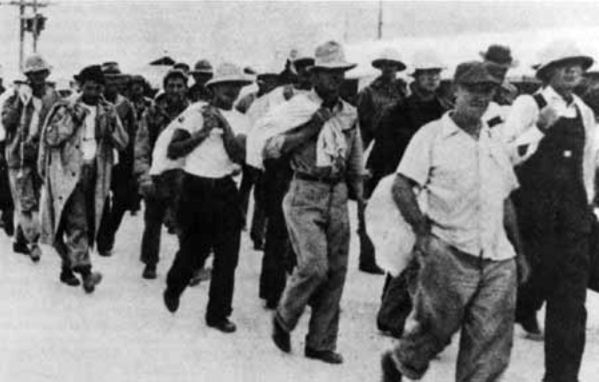
One common myth is that Pearl Harbor was the only place attacked by Japan on December 7, 1941. While it’s the most well-known, it was actually just one of six coordinated assaults. That same day, Japan also struck Guam, Wake Island, Midway, Thailand, and Malaya. Because of time zone differences, some of these attacks are listed as happening on December 8.
The attack on Pearl Harbor was a single part of a larger Japanese campaign to take control of the Pacific. In the months that followed, this strategy mostly worked—Japan gained ground across the region, with only Midway and Pearl Harbor managing to hold out during Second World War.
The reason this myth still exists is because the Pearl Harbor attack was the most damaging. It caused the highest number of American casualties and made the war feel very real to people in the United States.
Japanese-Americans were the only ones detained after the attack
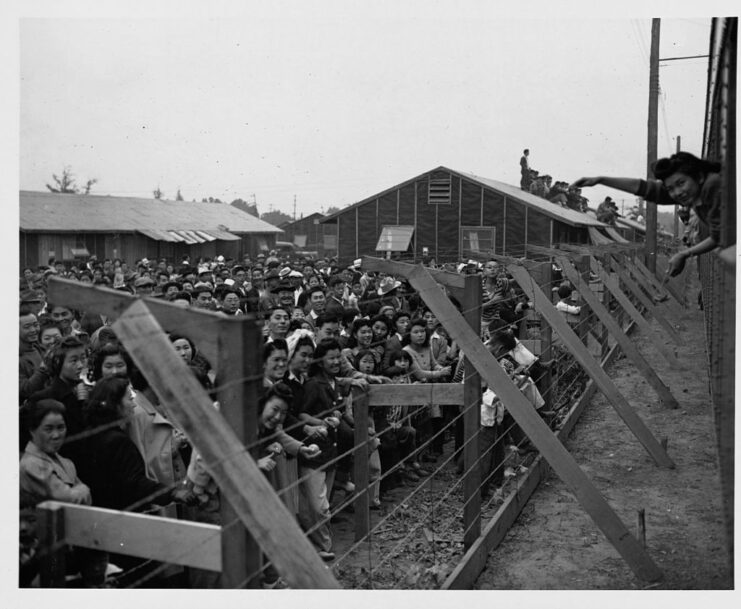
It’s a common belief that only Japanese-Americans were interned after the attack on Pearl Harbor—but that’s not entirely true. This myth likely gained traction because Japanese-Americans faced the harshest treatment, including mass internment, which has rightly received significant attention in history books and public memory.
In reality, following the attack, more than 3,000 individuals were arrested by the Federal Bureau of Investigation (FBI), the U.S. Army’s G-2 intelligence unit, and the Office of Naval Intelligence for suspected subversive activities. These arrests included not only Japanese-Americans but also people of German and Italian descent.
During the course of World War II, around 120,000 Japanese-American citizens were sent to internment camps. However, around 11,000 German-Americans were also interned, and an estimated 600,000 people of Italian descent were placed under various restrictions, such as travel bans and curfews.
While the scale and severity of Japanese-American internment were unmatched, it’s important to recognize that citizens from multiple ethnic backgrounds were affected by wartime fear and suspicion.
A quick and decisive response by the United States
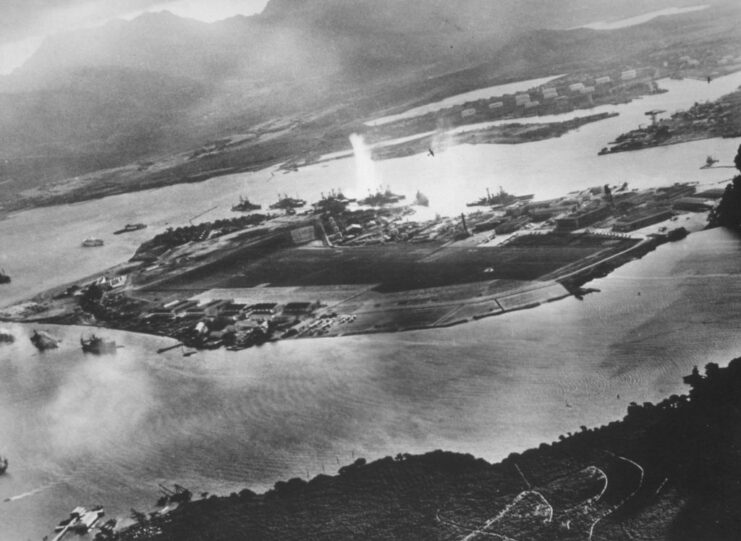
The idea that the US government and military responded to the devastating attack quickly and decisively is a popular one, but it’s a myth. In the months following what took place, the country suffered multiple defeats in the Pacific region.
This myth may have started when a rumor spread throughout the country on December 8, 1941, that the US Navy was in pursuit of the Japanese fleet. This is false, with Gen. Douglas MacArthur actually pleading for more naval assistance. In reality, a telegram was sent to President Franklin D. Roosevelt, asking for assistance and submarines to target Japanese vessels. This went unanswered and is believed to have led to the fall of the Philippines.
The first major offensive by the US occurred in February 1942, when the Pacific Fleet launched attacks on the Marshall and Gilbert Islands. Before these raids, the last successful engagement had occurred prior to Pearl Harbor.
Pearl Harbor convinced the United States to join World War II
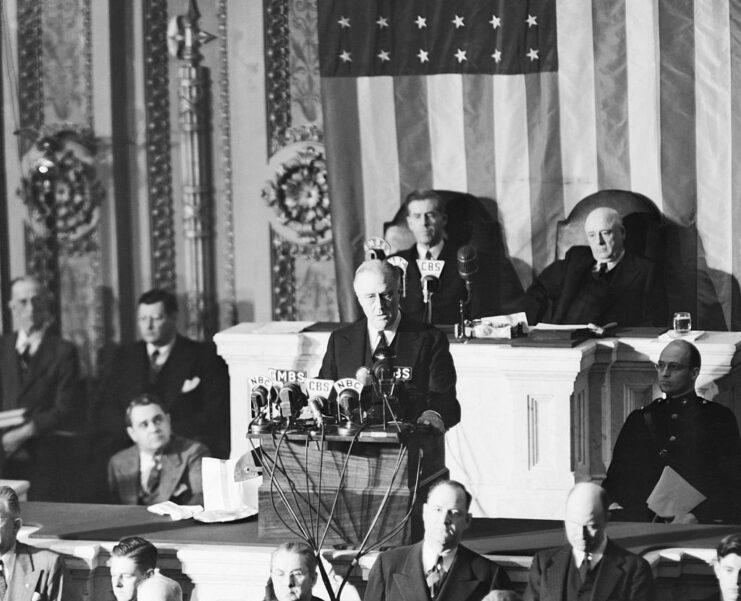
Many people assume that the attack on Pearl Harbor was the sole reason the United States entered World War II and helped defeat the Axis Powers. However, the reality is more complex.
Before the attack, the U.S. was focused on staying out of foreign conflicts, especially in Europe. While the bombing of Pearl Harbor changed public opinion, it didn’t immediately bring the U.S. into the entire war. After the attack, President Franklin D. Roosevelt presented a declaration against Japan, which Congress quickly approved. This officially pulled the U.S. into the Pacific War, but not yet into the broader global conflict.
More from us: Tuskegee Airmen: The African-American Pilots Who Broke Barriers in World War II
It wasn’t until December 11, 1941, that the United States entered the European theater—when Germany and Italy declared war on America.
